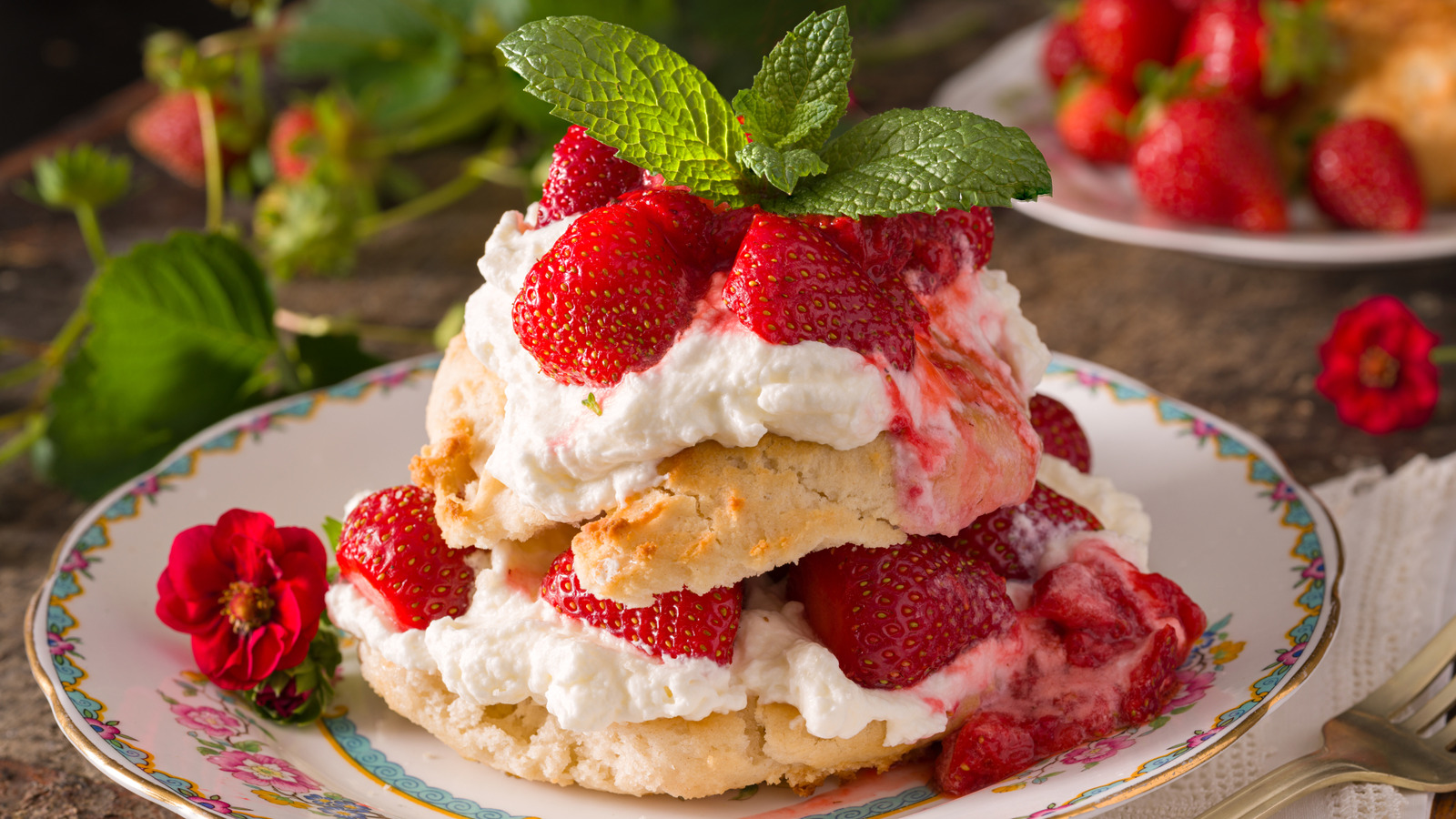
"Cool Whip was a non-dairy alternative to whipped cream when it hit the market in 1966. But in the years since, milk ingredients have been added to its recipe. The blue tub currently contains sodium caseinate, a milk protein derivative, as well as skim milk and light cream elements. The byproduct is used as a thickening agent that is added to foods to help emulsify textures."
"Sorry to disappoint whipped cream fans out there, but Cool Whip is not identical to its fluffy cousin. While both commodities serve similar purposes and are colored white, they each have major differences in terms of textures, caloric means, and additives. The whip substitute is labeled as "whipped topping" rather than cream, as it holds more oil constituents than dairy liquids. Cool Whip is also thicker, and the texture is more reminiscent of a pillowy-type density over normal whipped cream."
Cool Whip debuted in 1966 as a non-dairy frozen whipped topping designed for easy manufacturing and long storage, requiring defrosting before use. Inventors George Lorant and William Mitchell developed the product with shelf stability in mind. Modern Cool Whip contains milk-derived ingredients including sodium caseinate, skim milk, and light cream, along with water, hydrogenated vegetable oils, corn syrup, high fructose corn syrup, beta carotene, and xanthan gum. The product is labeled a "whipped topping" rather than cream because it contains more oil and a thicker, pillowy texture. Real whipped cream has higher fat and simpler ingredients like heavy cream, vanilla, and sugar.
Read at Tasting Table
Unable to calculate read time
Collection
[
|
...
]